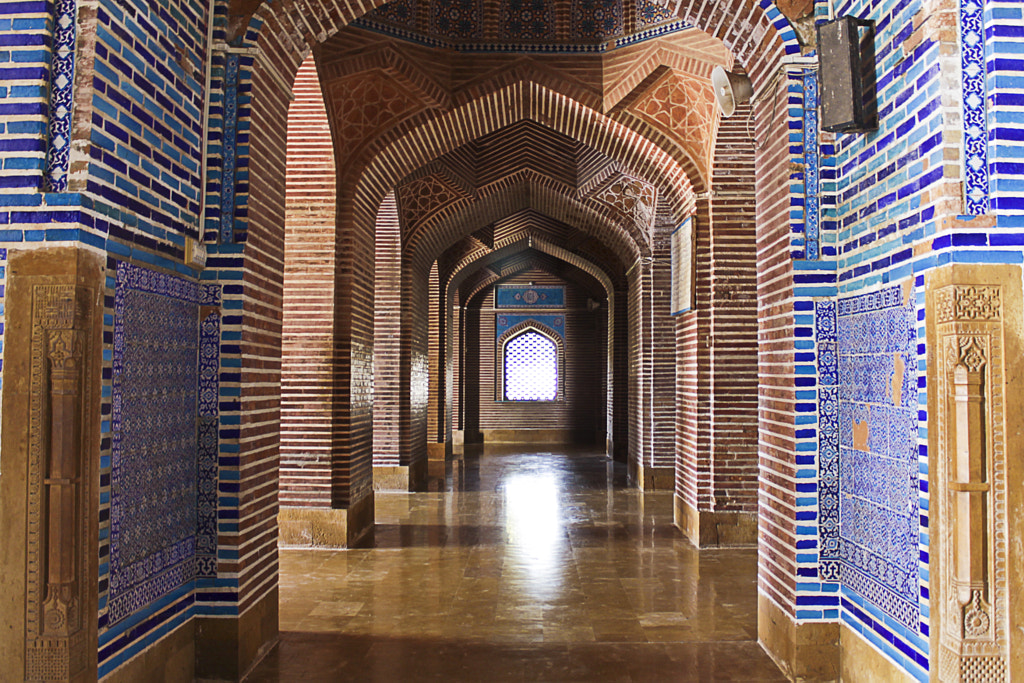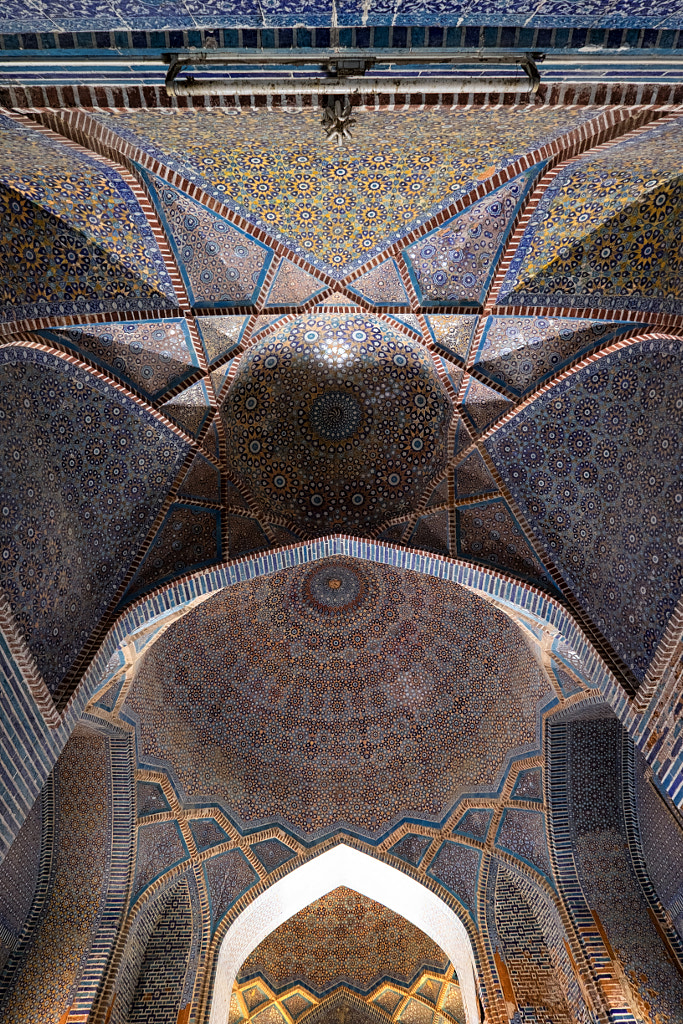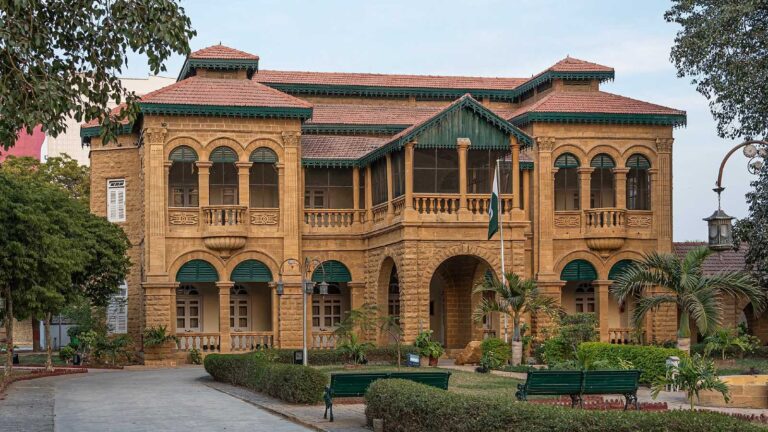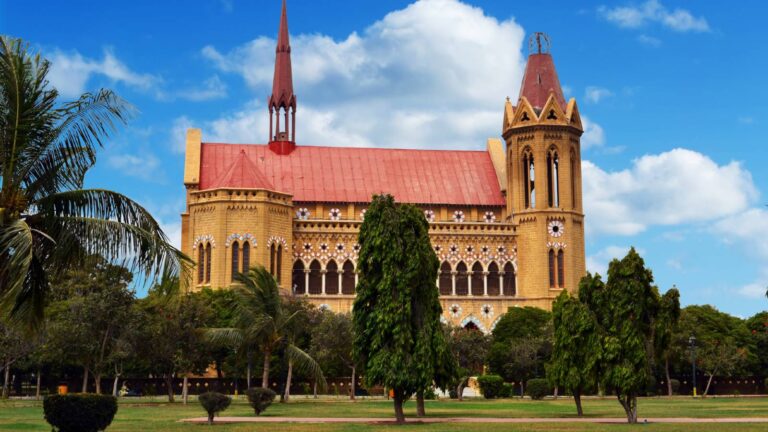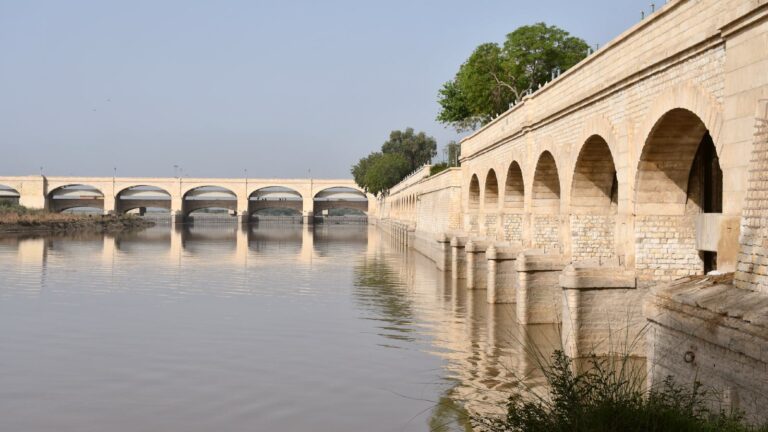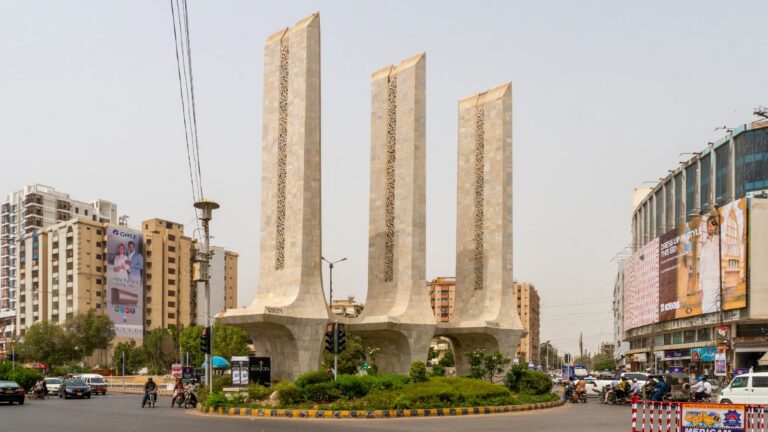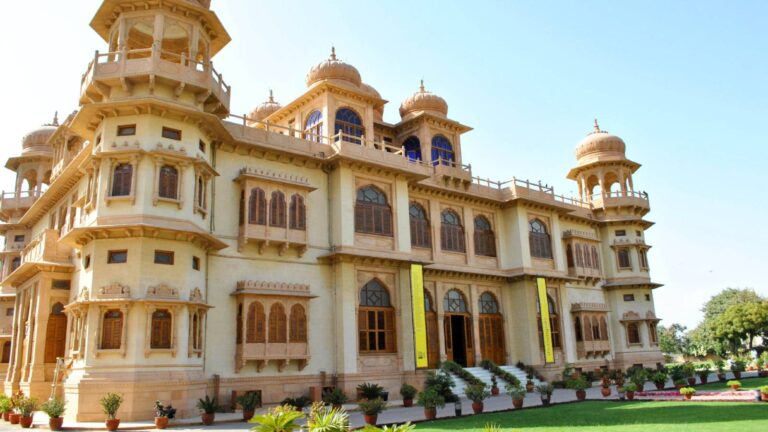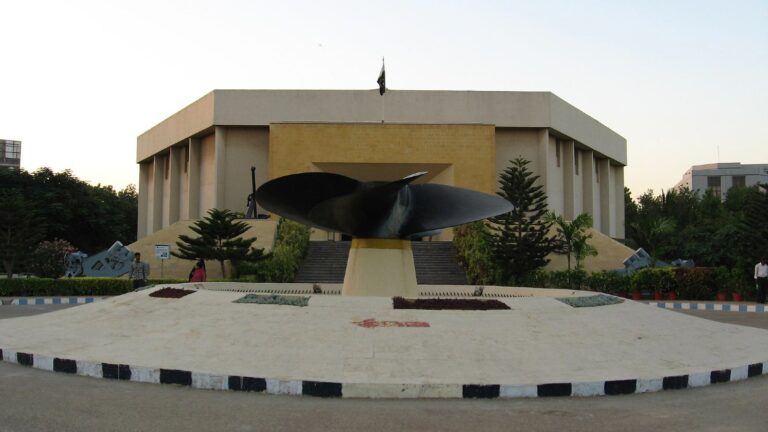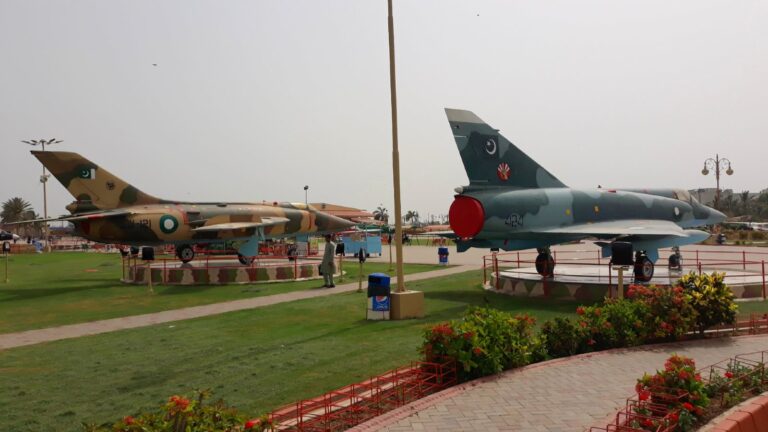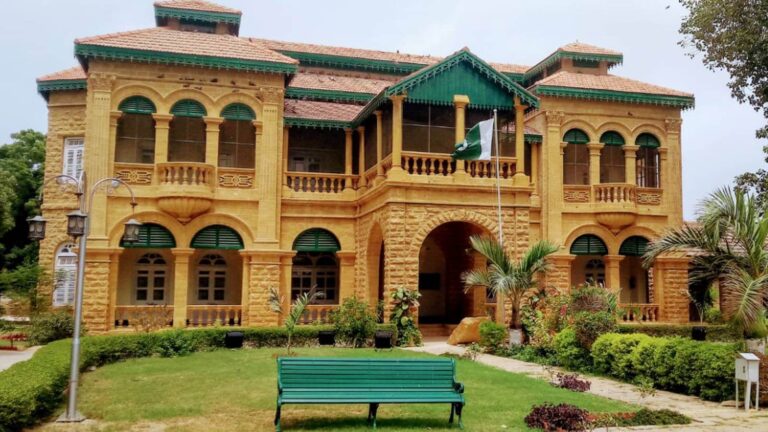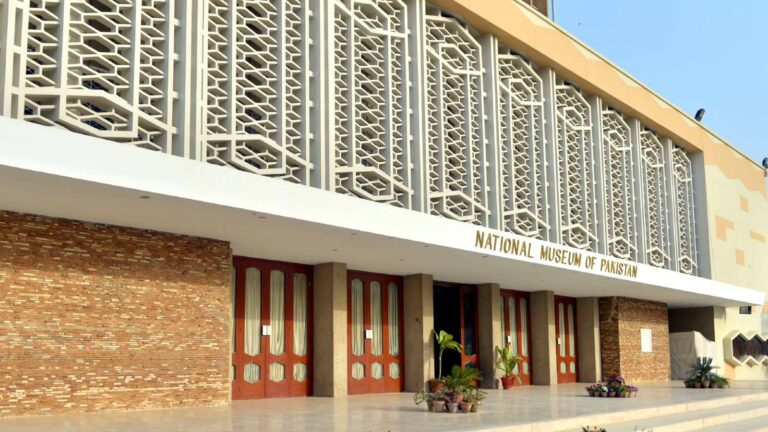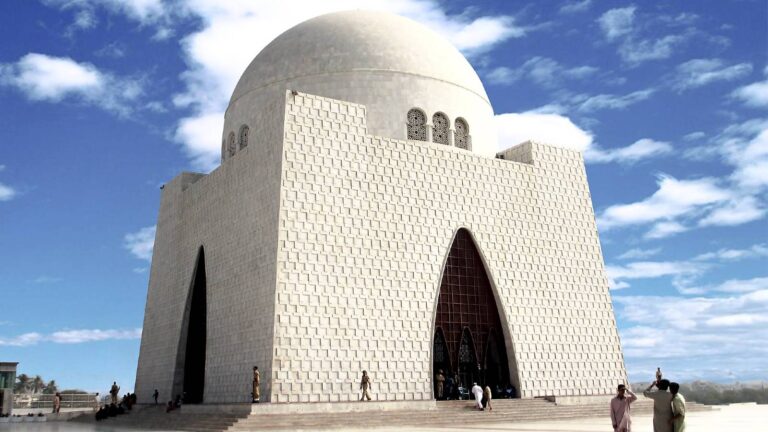Getting There
The mosque is located in eastern Thatta the capital of Sindh in the 16th and 17th centuries before Sindh’s capital was shifted to nearby Hyderabad. It is located near the Makli Necropolis, a UNESCO world Heritage site. It located near the Makli Necropolis,
The best way to get form Karachi to Tomb of Shah Jahan Mosque by car. The driving distance between Karachi to Shah Jahan Mosque is 106 km.
It takes approximately 2 hour 02 mint according to Google map.
What to Expect
The Shah Jahan Mosque, also known as the jamia masjid of Thatta, is a 17th century building that serves as the central mosque for the city of Thatta, in the Pakistani province of Sindh. The mosque was built during the reign of Mughal emperor Shah Jahan who bestowed it to the city as a token of gratitude. The mosque is considered to have the most elaborate display of tile work in South Asia and is also notable for its geometric brick work a decorative element that is unusual for Mughal period mosque.
Shah Jahan sought refuge in Thatta form his father Emperor Jahngir, after he had rebelled against his father. Shah Jahan was impressed by the hospitality he received by the Sindhi people.
History
The Shah Jahan Mosques architectural style is overtly influenced by Turkic and Persian styles. The mosque is characterized by extensive brickwork and the use of blue tiles, both of which were directly influenced by Timurid architectural styles form central Asia – from where the previous rules of Sindh, the Tarkhans, had hailed before the region was annexed by the Mughals in 1592.
The mosque is a heavy brick structure of simple construction built upon a stone plinth, with heavy square pillars and massive walls, which is centered on a courtyard 169 x 97 the prayer chamber is of a similar size. Both are covered by large domes. On the north and south two aisled galleries open by means of arcades onto the courtyard. Ninety-three domes cover the entire structure, and are probably the cause of a remarkable echo which enables the prayers to be heard in any part of the building .
The mosque contains the most elaborate display of tile working the indo-Pakistan sub-continent the two main chambers, in particular are entirely covered with them. Their domes have been exquisitely laid with a mosaic of radiating blue and white tiles Stylish floral patterns have the seventeenth century kash work of iron.

